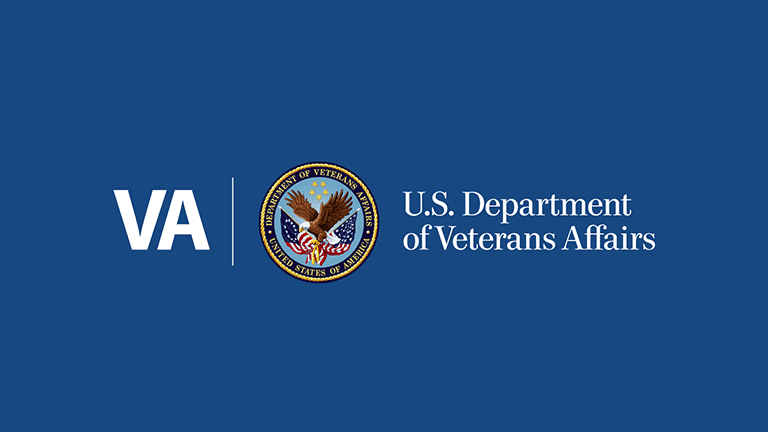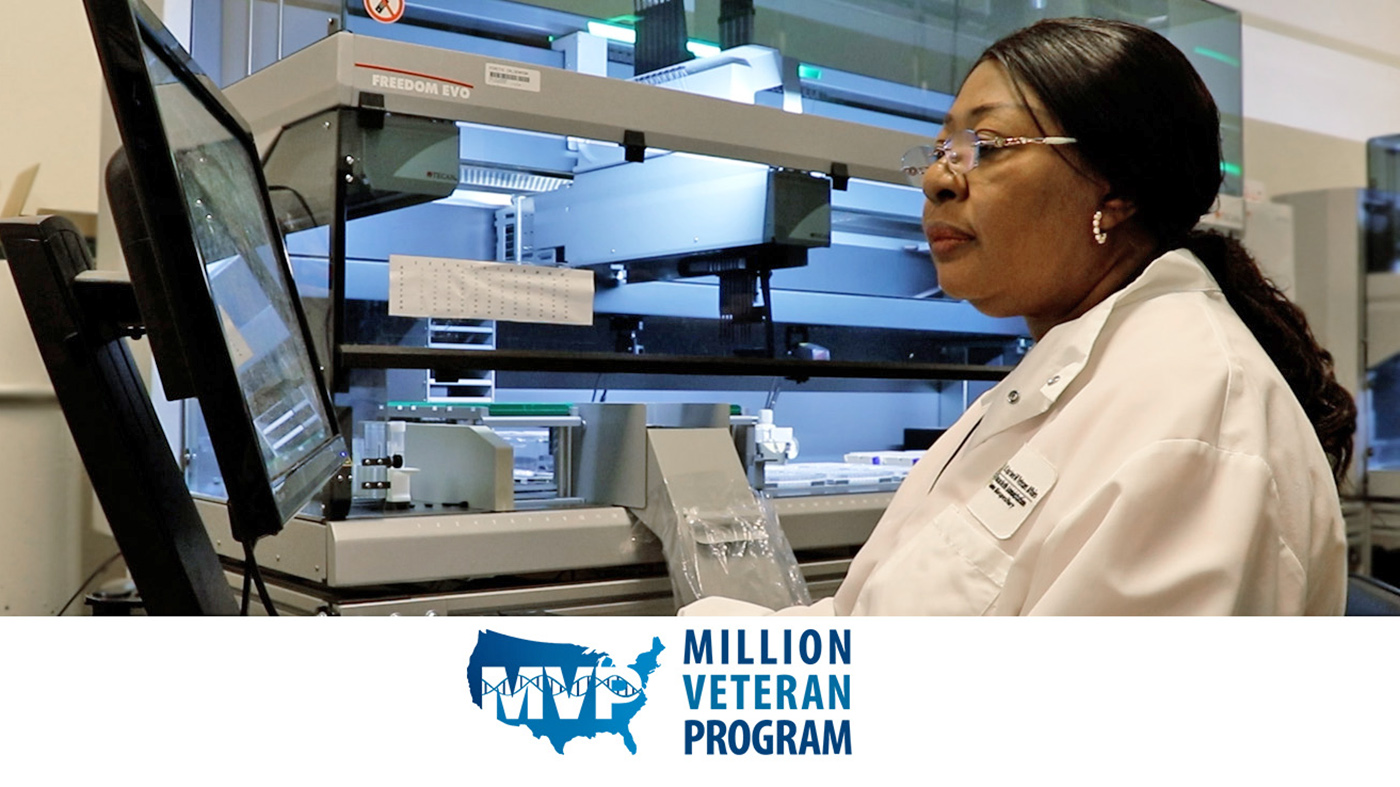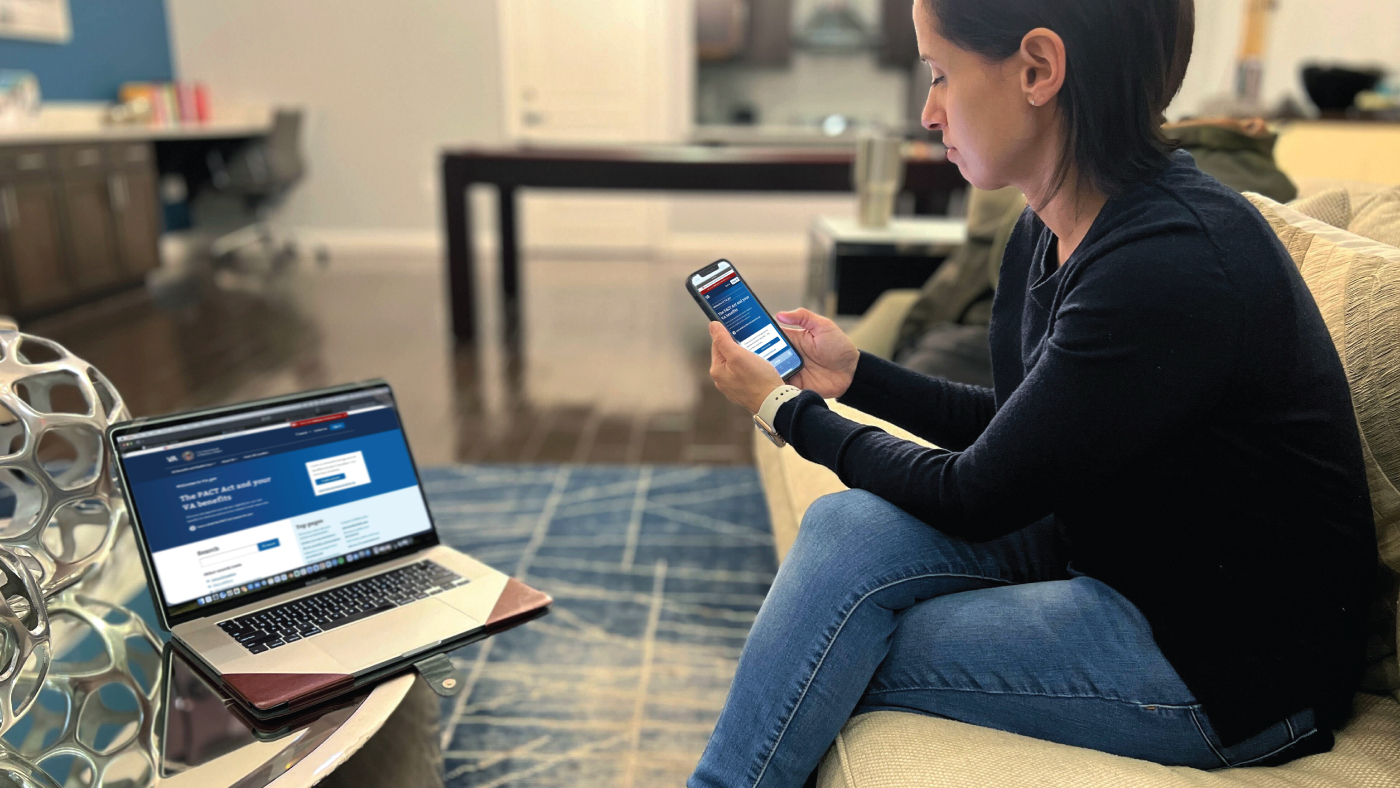On Friday, the Bureau of Labor Statistics released Veteran unemployment data for the month of August. The unemployment rate for all Veterans continues to fall, now at 6.6 percent, the lowest rate in more than three years, and below the national unemployment rate of 8.1 percent.
The unemployment rate for Iraq and Afghanistan-era Veterans (or Gulf War II-era Veterans) in August ticked up to 10.9 percent. However, as we’ve noted before, month-to-month unemployment figures, especially for this demographic, are volatile. The longer term trends are a more reliable measure, and that continues to show a consistent decline over more than two and a half years—a strong sign of recovery following the worst economic recession since The Great Depression.
While much remains to be done, since January 2012, post-9/11 Veterans have now experienced the lowest unemployment rate in any combined eight-month period since 2008—with the rate reaching single digits in five of those months. Additionally, the trend over the past 32 months—since January 2010—remains downward for America’s most recent Veterans.
Because chunks of data are often better indicators of real movement, another way to view the trend is by looking at the moving (or rolling) average. The chart below captures 12-month averages for the periods ending each month since January 2010. This chart looks a bit different, but the trend is similar: modest, but markedly downward since the end of 2011. This is significant because the moving 12-month average is a far more conservative measure than the month-to-month data. When we see movement in the rolling average, we can be confident that the unemployment rate among post-9/11 Veterans is, indeed, changing. However, our work is not done and we can’t let up in our efforts.
All that said, while we remain heartened that the unemployment rate among younger Veterans has fallen over the long term—too many returning Veterans still can’t find meaningful work.
That’s why VA is collaborating with the White House and the Chamber of Commerce on hiring fairs across the country through the “Hiring Our Heroes” Program. It’s also why we’re urging Veterans to prepare themselves for the job market by taking advantage of programs like the Post-9/11 GI Bill and the Veterans Retraining and Assistance Program (VRAP).
If anything, today’s figure reminds us that there’s still much work to be done. VA, in conjunction with the White House, remains committed to ensuring that the unemployment rate for all Veterans continues its downward path.
Topics in this story
More Stories
Seven U.S. Army soldiers, one Army Reserve soldier and two Veterans are representing Team USA at the 2024 Olympic Games in Paris, which begins today.
The findings of this new MVP study underscore the importance and positive impact of diverse representation in genetic research, paving the way for significant advances in health care tailored to Veteran population-specific needs.
VA reduces complexity for Veterans, beneficiaries, and caregivers signing in to VA.gov, VA’s official mobile app, and other VA online services while continuing to secure Veteran data.







First of all, I don’t understand the division our government has created for our vets. No disrespect intended to our Post-9/11 vets, but there are Pre-9/11 vets suffering too with medical care, benefits, jobs, etc. A vet is a vet and should be helped. Secondly, as the wife of a 100% P&T disabled vet, I’m very frustrated over the supposed veterans preference for certain military spouses. I have applied for so many federal jobs that I’m qualified for that I’ve lost count. I’m told I’m eligible for the positions and even referred to the interviewing committees; however, I have not been called for even one interview. What about the spouses who have to be the stand-in for the unemployable vet? This spouse is still searching for a job that will let me take care of my family!!